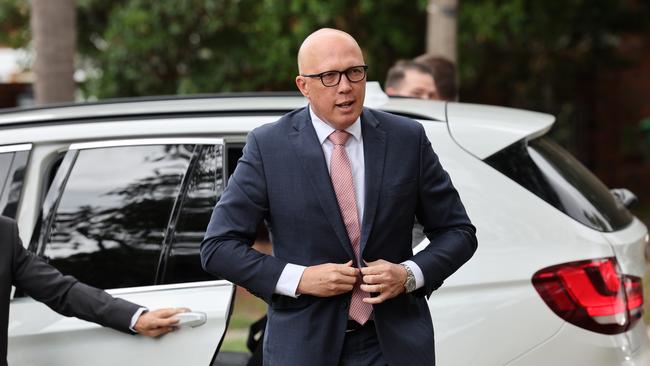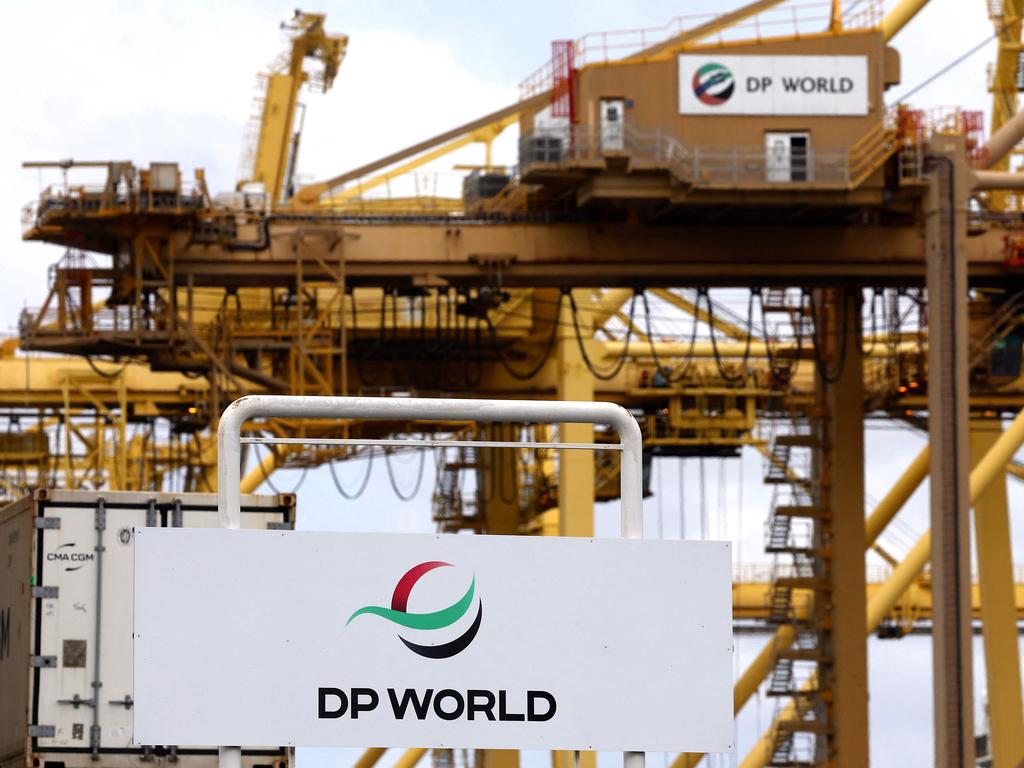
The real reason we didn’t send a ship to help our allies in the Red Sea was that we couldn’t do it. For around 25 years we have wasted most of our naval defence equipment expenditure, so we are no longer able to contribute at previous levels.
Arguably, we desperately need the new American president to publicly tell us the truth because that may be the only way our “head in the sand politicians” – led by the Coalition – and our substandard defence planners will face the truth.
My regular readers are well aware that our air defence mess, led by the F-35 Joint Strike Fighter debacle, ranks with the Navy. The equipment being used by our land force s is also not up to date with modern warfare.
Our defence planners, including the politicians involved, have been consistent in their inability to make correct decisions, calculate Australia’s needs, to analyse what others are doing and to tie our equipment purchases to future trends in warfare and our needs.

In our air defence, we have been caught up in the US mistakes. In the navy, we looked to Europe. The next US president, particularly if it’s Donald Trump, may require Australia to start making meaningful decisions in conventional defence before we start thinking about nuclear.
The budget surplus the government is likely to announce this year and the forward estimates for the next five years will simply be a mirage if the US requires us to start properly contributing to our own defence.
The current government correctly says the Pacific situation is very dangerous. To prepare for that danger we must start engaging people outside defence public servants that have the skills to determine our requirements in the light of the technologies that are being developed by other countries in our region led by China.
The wars in Europe and the Middle East have shown that drones are creating a revolution in warfare that has blindsided us.
Today I will concentrate on the Navy shambles, starting with the question: “Why are we so chronically short of sailors that three of our eight Anzac frigates out of action?”
While the nationwide shortage of skills is a big part of the problem, many young people are asking why they should risk their lives defending something that they are being taught doesn’t deserve defending. Many realise that they are going to be asked to operate out dated equipment and will probably not survive against any nation that has modern equipment.
Back around 1985 our defence minister Kim Beazley declared that Australia needed about 16 Anzac class frigates on the assumption that New Zealand would take a further four. We built only around half that number, and they were a brilliant investment.
The first is now 27 years old and is nearing the end of its life and should now be being replaced with ships with the capacity to meet modern challenges.
Our ANZACs have eight well-equipped vertical missile launch cells. Modern US and British frigates have 96 cells. Once we have fired our missiles, we must go back to port to reload. Technology has moved on. To replace them, we had the choice of buying and building in Australia several established modern frigates. Instead, to help a UK free trade deal negotiation, we bought an early UK frigate design that did not meet needs and required drastic altering. It will not be available for around 10 years and has a propulsion system designed for a frigate that is much lighter than our revamped ship. It may struggle to keep up with the rest of the fleet.
When he was defence minister Peter Dutton should have cancelled the order but given he had acted on the French submarine fraud he left the Frigate cancellation decision to the next government. The current government is concerned about becoming known in Europe as an unreliable customer.

If we were to send ANZAC frigates to the Red Sea, they would be vulnerable to modern ballistic missiles and are untested against heavy attack by modern drones. To maintain an extended presence in the Red Sea would require four of the five ANZAC’s we have available because at any time one ANZAC is required for maintenance and two others are required to either prepare for action or come back to Australia. We would have only one of the five working ANZAC’s available to defend Australia.
We have 3 Hobart class destroyers but operating an overseas commitment effectively requires four. Our six conventional submarines, like the frigates, are more than 20 years old. We have a program to modernise them.
We are now planning to throw most of our resources into nuclear submarines. And even if the deal comes off, we will have to operate different classes of submarines. Meanwhile, modern anti-submarine location technology means that in 20 years we may have our resources in outdated nuclear designs.
As a nation, we have to hope that our inability to respond to an allies request in the Red Sea provides a wake-up call for our politicians and defence planners.
But there are too many demands for money, so sadly it may require the US President to bash our ALP and Coalition politicians into the 21st century.






Almost certainly, Australia’s failure to send ships to the Red Sea in response to a US request will cause American defence officials and the 2024 elected president – whether it be Biden, Trump or Haley – to look hard at the state of Australia’s naval defence. They will find a shambles.